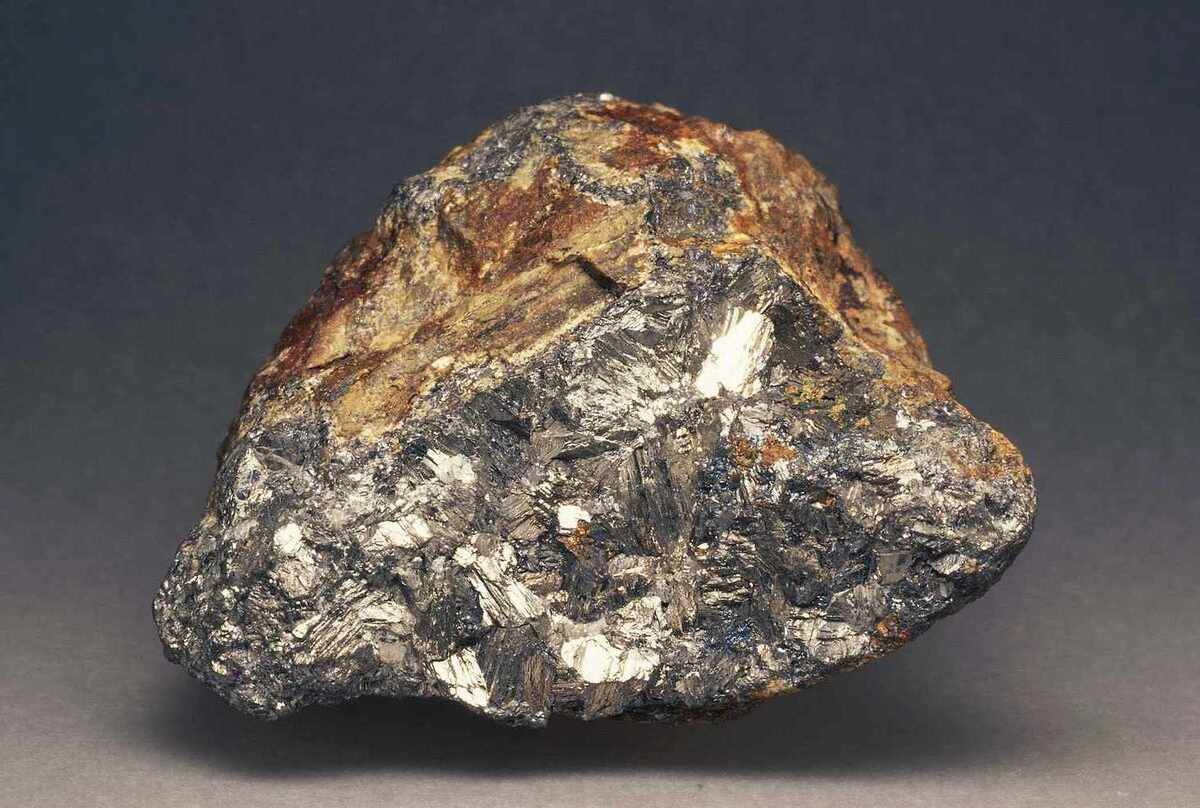
Antimony Hydride, also known as Stybine, is a fascinating compound with a unique set of properties and uses. This chemical, composed of antimony and hydrogen, plays a crucial role in various industrial applications. But what exactly makes it so special? Antimony Hydride is known for its toxicity and flammability, which require careful handling. Despite these hazards, it finds use in semiconductor manufacturing and as a doping agent in microelectronics. Its molecular structure and behavior under different conditions make it a subject of interest for chemists and engineers alike. Ready to dive into 25 intriguing facts about Antimony Hydride? Let's get started!
Key Takeaways:
- Stibine, also known as Antimony Hydride, is a toxic and flammable gas used in semiconductor industry and research. It requires careful handling and safety measures to prevent harm to humans and the environment.
- Stibine, a colorless gas with a history dating back to 1837, has unique chemical properties and poses environmental risks. Proper safety measures and regulations are crucial for its handling and disposal.
What is Antimony Hydride (Stibine)?
Antimony Hydride, also known as Stibine, is a chemical compound with the formula SbH3. This colorless gas is known for its toxicity and is less commonly encountered than other hydrides like ammonia or phosphine. Let's dive into some fascinating facts about this compound.
-
Chemical Formula: The chemical formula for Stibine is SbH3, indicating it consists of one antimony atom and three hydrogen atoms.
-
Colorless Gas: Stibine is a colorless gas at room temperature, making it difficult to detect without proper equipment.
-
Highly Toxic: This compound is highly toxic and can cause severe health issues if inhaled, including respiratory problems and even death.
-
Flammable: Stibine is flammable and can ignite easily when exposed to air, posing significant risks in industrial settings.
-
Density: The density of Stibine is 2.88 grams per liter, which is heavier than air, causing it to settle in low-lying areas.
Historical Context and Discovery
Understanding the history behind Stibine can provide insights into its significance and applications over time.
-
Discovered in 1837: Stibine was first discovered in 1837 by French chemist Paul-Émile Lecoq de Boisbaudran.
-
Early Uses: Initially, Stibine was studied for its potential applications in chemical synthesis and metallurgy.
-
Military Interest: During World War I, there was interest in using Stibine as a chemical weapon due to its toxicity, but it was never deployed.
-
Industrial Applications: Today, Stibine is used in the semiconductor industry for doping silicon and other materials.
-
Research Tool: It is also used in research laboratories to study the properties of antimony compounds.
Chemical Properties and Reactions
The chemical properties of Stibine make it a unique compound with various reactions and behaviors.
-
Molecular Geometry: Stibine has a trigonal pyramidal molecular geometry, similar to ammonia.
-
Bond Angles: The H-Sb-H bond angles in Stibine are approximately 91.7 degrees.
-
Decomposition: Stibine decomposes into antimony and hydrogen gas when heated above 200°C.
-
Reactivity with Oxygen: When exposed to oxygen, Stibine can oxidize to form antimony trioxide and water.
-
Hydrolysis: Stibine reacts with water to produce antimony hydroxide and hydrogen gas.
Safety and Handling
Due to its toxic nature, proper safety measures are crucial when handling Stibine.
-
Protective Gear: Handling Stibine requires protective gear, including gloves, goggles, and respiratory protection.
-
Ventilation: Adequate ventilation is necessary to prevent the accumulation of Stibine gas in enclosed spaces.
-
Detection Methods: Gas detectors are used to monitor Stibine levels in industrial settings to ensure safety.
-
Emergency Procedures: In case of a Stibine leak, immediate evacuation and ventilation of the area are required.
-
Storage: Stibine should be stored in gas cylinders made of materials resistant to its corrosive nature.
Environmental Impact
The environmental impact of Stibine is another critical aspect to consider.
-
Air Pollutant: Stibine is considered an air pollutant and can contribute to air quality issues if released.
-
Water Contamination: If Stibine contaminates water sources, it can pose risks to aquatic life and human health.
-
Decomposition Products: The decomposition products of Stibine, such as antimony, can also be harmful to the environment.
-
Regulations: Various regulations govern the emission and handling of Stibine to minimize its environmental impact.
-
Disposal: Proper disposal methods are required to prevent environmental contamination, often involving neutralization and containment.
Final Thoughts on Antimony Hydride
Antimony hydride, or stybine, is a fascinating compound with unique properties. From its toxic nature to its use in semiconductor manufacturing, this chemical plays a crucial role in various industries. Understanding its properties and applications helps us appreciate the complexity and importance of such compounds in our daily lives.
Remember, handling antimony hydride requires caution due to its toxicity and flammability. Proper safety measures are essential to prevent accidents. As we continue to explore and utilize chemicals like stybine, staying informed about their characteristics and potential hazards ensures we use them safely and effectively.
Whether you're a student, researcher, or just curious about chemistry, knowing these facts about antimony hydride adds to your knowledge and appreciation of the chemical world. Stay curious and keep learning!
Frequently Asked Questions
Was this page helpful?
Our commitment to delivering trustworthy and engaging content is at the heart of what we do. Each fact on our site is contributed by real users like you, bringing a wealth of diverse insights and information. To ensure the highest standards of accuracy and reliability, our dedicated editors meticulously review each submission. This process guarantees that the facts we share are not only fascinating but also credible. Trust in our commitment to quality and authenticity as you explore and learn with us.
